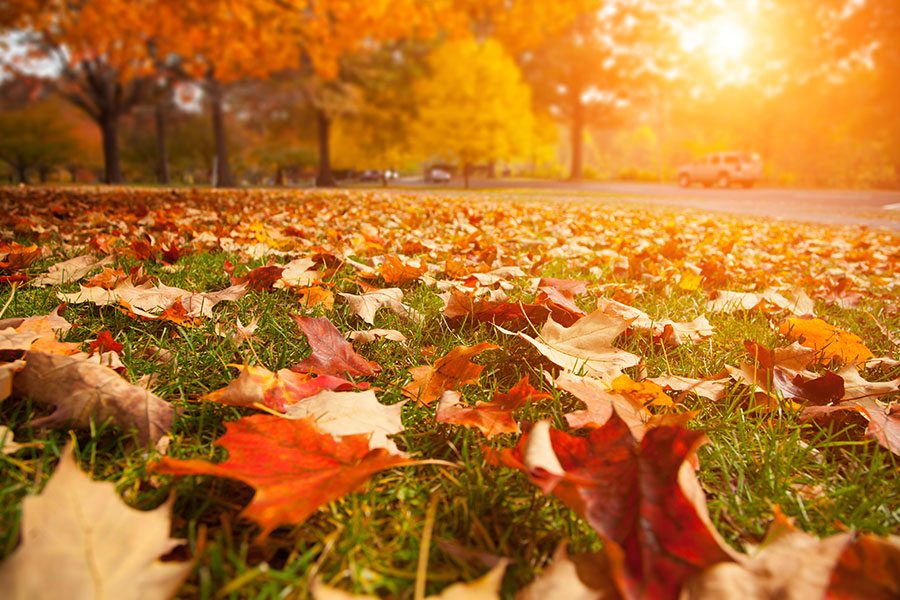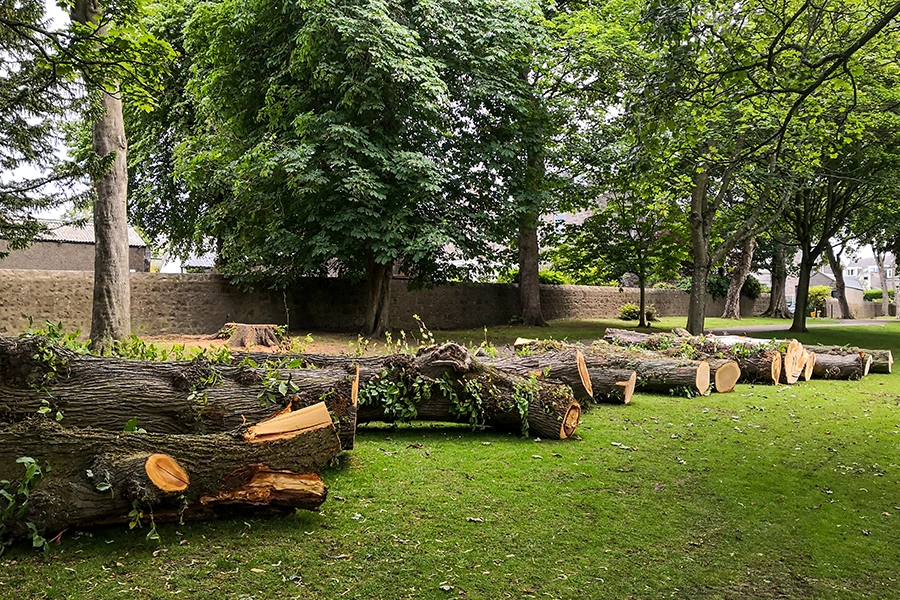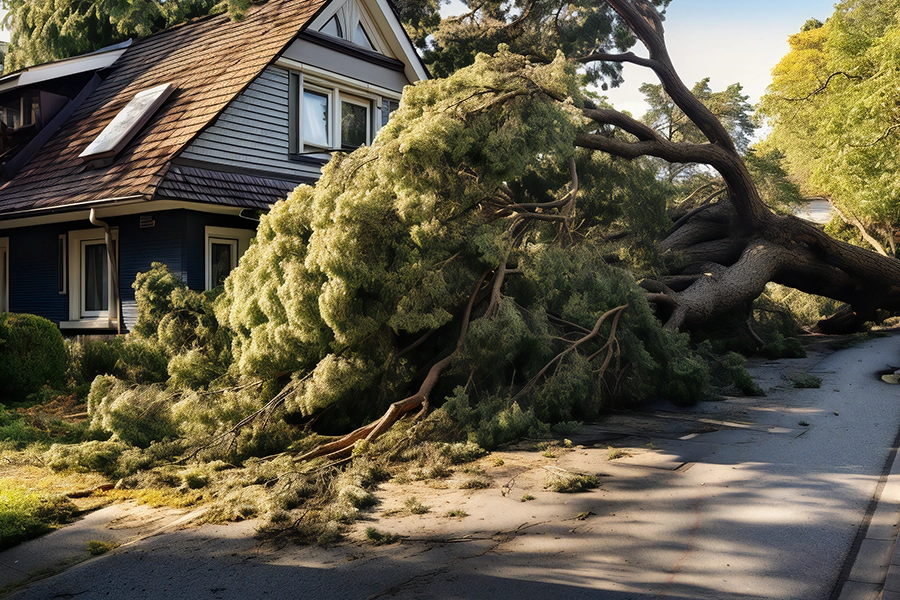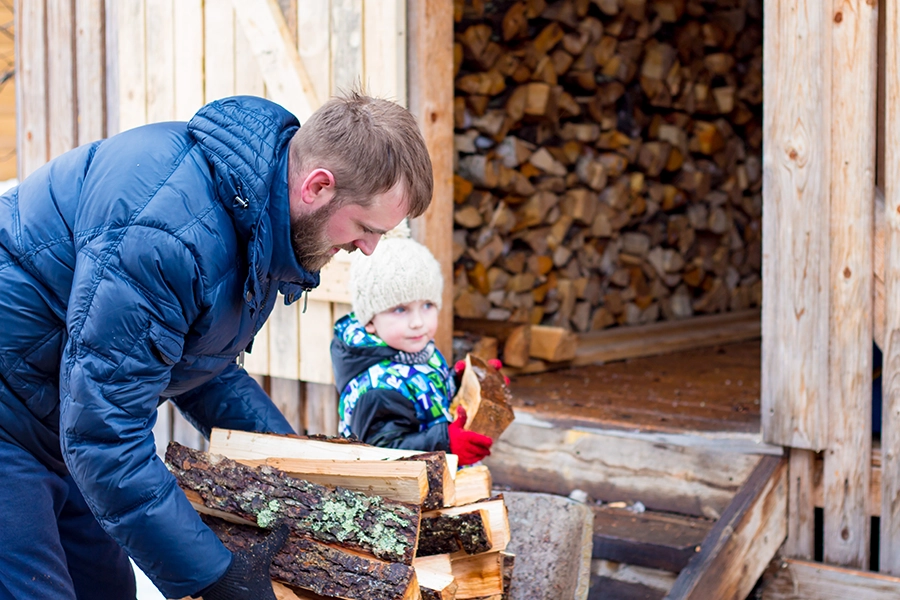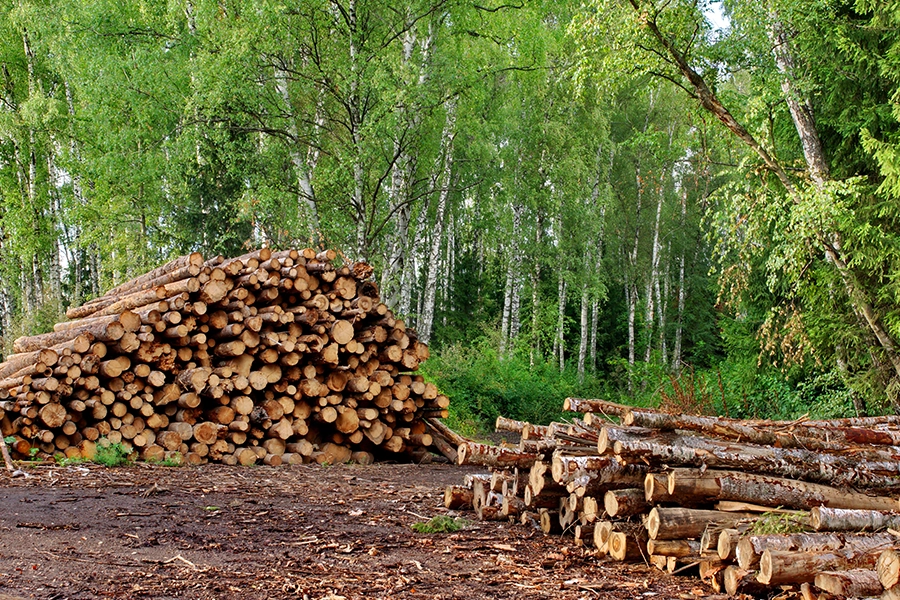A sure sign that the autumn season is approaching is when the leaves start changing colors. Every year we delight in Mother Nature, showing off her spectacular beauty in brilliant shades of orange, yellow, and red. You’ve enjoyed the lovely hues, especially on your trees, but have you ever wondered why the leaves change their colors in the fall? It’s the result of chemical processes that happen within the tree as the seasons change. During the spring and summer, the leaves manufacture food for the tree’s growth. The food-making process occurs in the leaf’s numerous cells, containing chlorophyll that absorbs sunlight and uses energy to make carbohydrates. Please read to learn more or contact our experts at A-Unlimited Tree Service in Troy, IL.
Chlorophyll Breaks Down
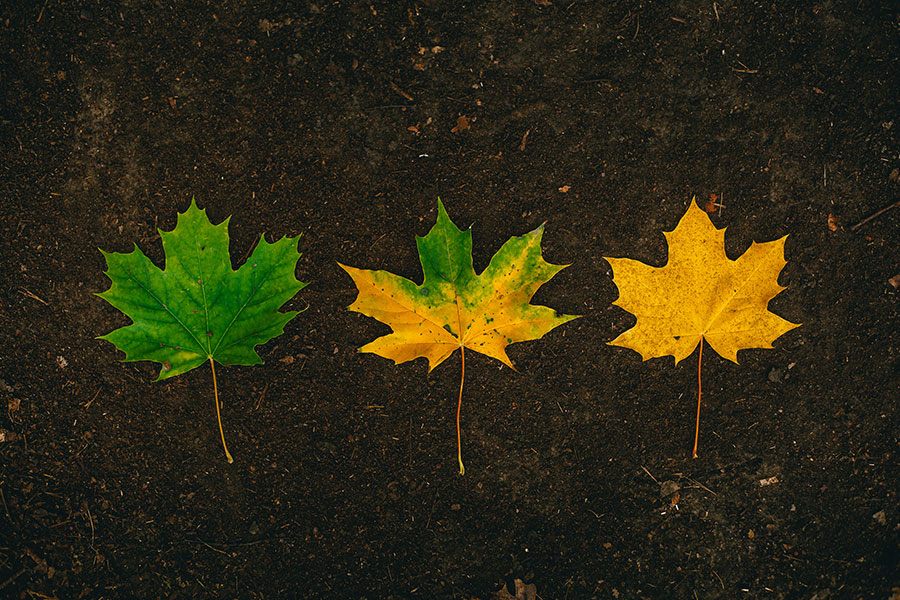
When the fall season arrives on the scene, we notice a change in the temperature and a decrease in the amount of daylight we receive each day. Because of these changes, the tree’s leaves stop their process of making food. As a result, the chlorophyll breaks down, which causes the green color to fade and other colors to appear. Sometimes red anthocyanin pigments develop in trees like dogwoods and sumacs, while other trees, like the sugar maple, will change to a vibrant orange. In addition, different varieties of trees may burst with yellow, brown, or even purple hues. All these colors result from chlorophyll residue and other pigments mixing in the leaves during the fall season.
The Weather Plays a Part
Many factors influence the degree of color and the duration of the different fall hues. The most significant factor is the weather, which determines the light, temperature, and water supply the tree receives. If the temperature is low but still above freezing, it will create favorable conditions for anthocyanin to form, producing bright red shades in some trees. Early frost, on the other hand, will weaken the red color. If the days are overcast with clouds or rainy, the fall colors tend to look more vivid. A clear, cool day would be ideal for enjoying the autumn colors.
Changes Take Place in the Cells of Your Leaves
Many other changes occur when the leaves start changing colors. A special layer of cells develops when the leaf’s stem is attached to the tree. This layer slowly and gradually severs the tissues that support the leaf while the tree seals the cut. A leaf scar is left behind when the leaf is detached and blown off the tree. Some trees, like oaks, may have their brown leaves stay attached until spring arrives and new growth begins. In the north, most broad-leaved trees will shed their leaves in the fall, but in the south, the winters are milder, so you’re more likely to see evergreen trees that keep their green leaves throughout the seasons.
Only Some Trees Turn Colors
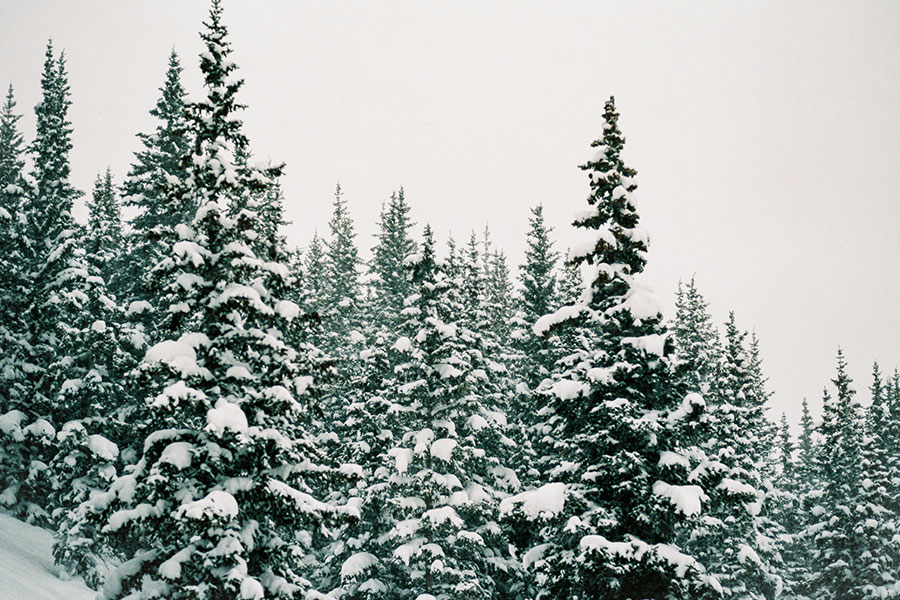
North America is blessed with beautiful trees that display gorgeous colors in the fall that are unsurpassed by any other country in the world. Maples, oaks, and dogwoods are just some of the trees that put on a show for us in the autumn season with spectacular shades of orange, yellow, and red. However, most conifers, like pines, firs, cedars, and spruces, are evergreen in the north and the south, meaning their leaves or needles remain green year-round. Furthermore, those leaves may stay on the tree for 2-4 years. So, if you want to see the most colorful fall foliage, the best place to view those unique trees would be in the northeast, particularly in New England. Otherwise, travel south if you like your trees green and your seasons warm.
If you have questions about trees or need specific tree services, don’t hesitate to call our experts at A-Unlimited Tree Service in Troy, IL. We’re here to assist you in any way we can, from pruning, shaping, and caring for your trees to tree and stump removal. Contact us at 618.667.9885 today!

